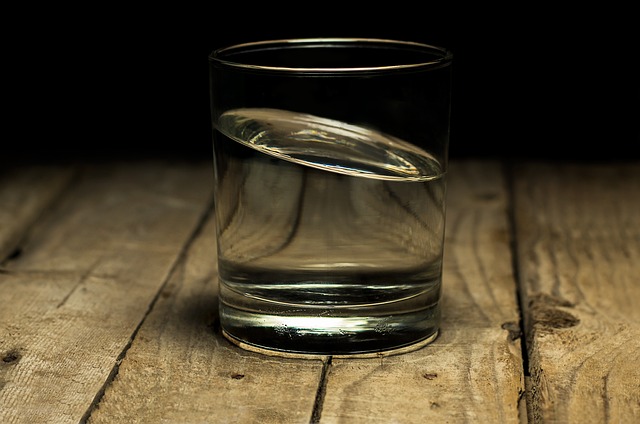San Antonio residents facing water-damaged drywall should act swiftly. Turn off the water supply, remove standing water, and dry the area thoroughly with fans or dehumidifiers to prevent mold growth. For extensive damage, seek professional restoration services using specialized equipment and moisture testing. Carpet restoration involves assessing moisture levels, choosing appropriate cleaning methods (like extraction), and ensuring air movement for drying. Protecting furniture and regular maintenance are key to long-term solutions.
Water-damaged carpets can be a significant concern for San Antonio residents. This article guides you through understanding the impact of water damage on your carpets, offering efficient water mitigation techniques tailored to the local context. We explore effective restoration methods and essential considerations to ensure your carpets return to their pre-loss condition. Additionally, we provide valuable tips for addressing associated issues like water-damaged drywall repair, ensuring a comprehensive approach to recovery.
- Understanding Water Damage and Its Impact on Carpets
- Steps for Efficient Water Mitigation in San Antonio
- Restoring Damaged Carpets: Techniques and Considerations
Understanding Water Damage and Its Impact on Carpets

Water damage can have severe consequences for carpets, especially if left untreated. When carpeting is exposed to excess water, whether from a leak, flood, or other water-related incident, it quickly absorbs moisture. This leads to not only visible water stains but also encourages mold and mildew growth behind the surface. The impact of water damage extends beyond aesthetics; prolonged exposure to moisture can cause the carpet’s backing to deteriorate, leading to a loss of elasticity and structural integrity.
San Antonio residents dealing with water-damaged drywall should be aware that prompt action is crucial. The first step is to identify the source of water and stop it immediately. Next, remove any excess water from the carpet using absorbent materials like towels or mops. For more severe cases, professional drying equipment might be necessary to ensure every inch of the carpet dries thoroughly, preventing long-term damage. Early intervention and proper drying techniques are key to mitigating potential health risks associated with mold and ensuring the longevity of your home’s carpeting.
Steps for Efficient Water Mitigation in San Antonio

In San Antonio, efficient water mitigation begins with swift action. Upon detecting water damage, homeowners should immediately turn off the main water supply to prevent further infiltration. Next, remove as much standing water as possible using buckets or mops, and dry the area thoroughly with fans or dehumidifiers. This initial step is crucial for mitigating mold growth and preserving the integrity of water-damaged drywall.
For San Antonio residents dealing with water-damaged drywall, it’s important to assess the extent of the damage. Inspect the walls, ceilings, and floors for signs of warping, discoloration, or bulging. If the damage is extensive, professional restoration services should be engaged. They employ specialized equipment and techniques like moisture testing, advanced drying methods, and expert drywall repair tips tailored for San Antonio’s climate to ensure thorough and efficient water mitigation.
Restoring Damaged Carpets: Techniques and Considerations

Restoring water-damaged carpets involves a careful, multi-step process to ensure both effectiveness and longevity. Initial assessment is key; inspect for moisture levels, extent of damage, and underlayment integrity. Techniques vary based on carpet type and severity—from extraction methods for mild cases to more intensive techniques like steam cleaning or chemical treatments for deep-seated water. San Antonio residents often turn to professional services equipped with advanced equipment for efficient drying and odor removal.
Considerations go beyond technicalities. Time is critical; prompt action minimizes damage and mold growth. Air movement, using fans or dehumidifiers, aids in drying processes. Protecting furniture and appliances from water contact prevents further contamination. Regular cleaning and maintenance afterward safeguard against recurring issues, ensuring a safe, healthy living environment for San Antonio residents.
Water damage can severely impact carpets, but with prompt action and the right restoration techniques, it’s possible to save and revitalize affected carpets. For San Antonio residents facing water-damaged drywall and carpets, understanding the process of water mitigation and efficient restoration is key. By following expert tips and considering specialized techniques, homeowners can ensure their carpets not only dry effectively but also regain their original quality. Remember, quick response and professional care are essential to mitigating water damage and repairing water-saturated drywall for a successful carpet restoration outcome.
